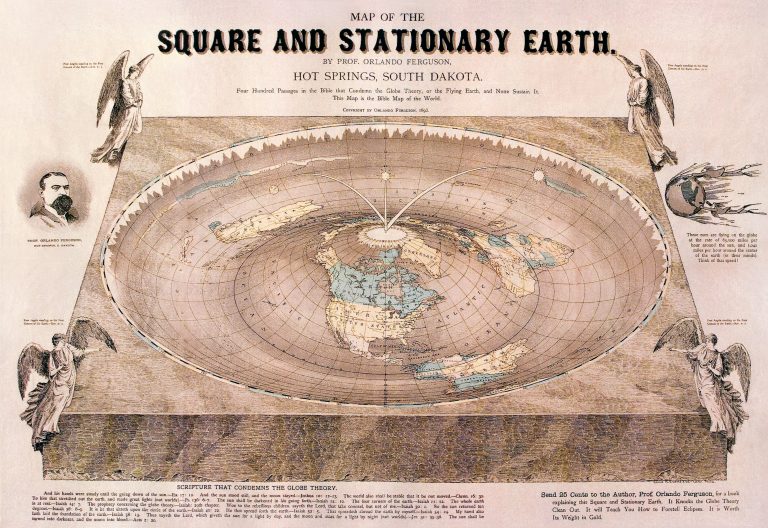Creativity: 42 clues to what it all means
WILLIAM HARTSTON
[Independent] Monday 17 May 1993 23:02 BST[…] Rev Charles Lutwidge Dodgson offers a more convincing explanation. […] He must have known about Thomas Cranmer’s 42 Articles […]
William Hartston probably wrote his article with his tongue in the cheek (which is the safest thing you can do when writing about Douglas Adams’ and about C. L. Dodgson’s (Lewis Carroll’s) “42”). It was about an article by
Ellis Hillman, 64, the founder of the Lewis Carroll Society (and president of the Flat Earth Society in his spare time)
in the journal Chapter One of the Alliance of Literary Societies.
But thanks to the creativity of Lewis Carroll and Henry Holiday there really might be textual and pictorial references to Thomas Cranmer and his 42 Articles in The Hunting of the Snark.
On the Flat Earth Society: William Hartston seems to have used Ellis Hillman’s presidency of the Flat Earth Society to ridicule Hillman. Hartston got it wrong. And when Hillman passed away in 1996, Illtyd Harrington’s orbituary in the Independent mentioned his support of the Flat Earth Society out of context as well.
What is the context? https://en.wikipedia.org/wiki/Samuel_Shenton, based on p. 274 in Christine Garwood, Flat Earth: The History of an Infamous Idea, 2008:
[…] But as [Samuel Shenton’s International Flat Earth Research Society] was dying [in 1969], he found the successor he had been looking for: Ellis Hillman, a lecturer and member of the Greater London Council, agreed to be president of the IFERS, with the encouragement of Patrick Moore. Lillian Shenton was suspicious of his motives (he was developing a post-graduate course on the development of ideas about the shape of the earth) and in the event he did little for the society. […]
Garwood wrote:
[…] Initially Hillman, who was frank about never having believed in the earth to be flat, was reluctant to accept Shenton’s offer and recalled contacting Patrick Moore to ask his advice. According to Hillman, Moore was encouraging: “For God’s sake, keep it going,” he allegedly exclaimed, “we must have heretical people in the world of astronomy.” Besides Moore’s enthusiasm, there was a second persuative factor: at the time Hillman was planning a postgraduate course on the development of ideas connected with the shape of the earth and he believed it would assist his academic research to accept Shenton’s offer. […]
- Links: Douglas Adams and Lewis Carroll | Thomas Cranmer
- Links related to Ellis Hillman: Twitter
- Searching “Why 24?”: Twitter
2018-04-25, update: 2022-02-02

 Image source:
Image source: